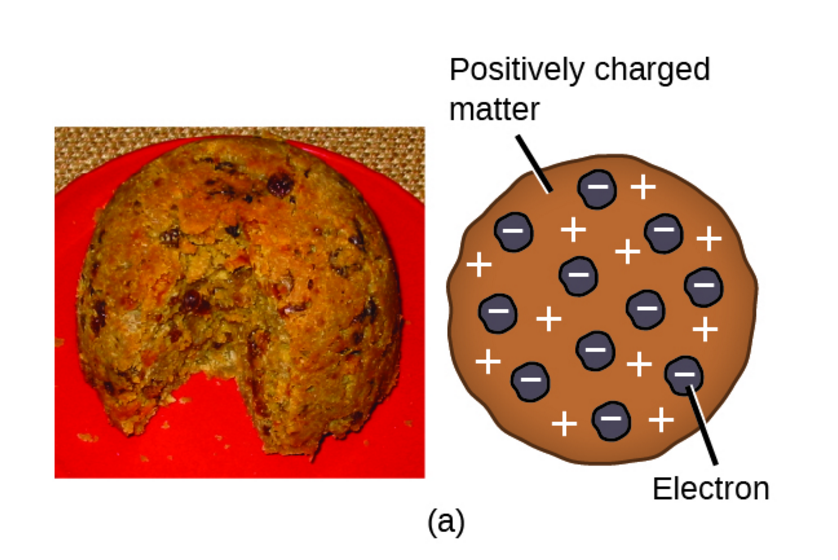

Thomson - the Centenary of His Discovery of the Electron and his invention of Mass Spectrometry, Rapid Communications in Mass Spectrometry, Vol.11, 2-16 (1997). Thomson, the Cavendish Laboratory, and Thompson's cathode ray tube and positive ray apparatus, see J. Used to determine the ratio of charge to mass (q/m) of the electron. External magnetic field can be applied to balance electric deflection. Metal plates can have electric field applied across them. (A separate image of the damaged object EM.N-08013-B will be added to this record in the near future.) Basic principle Rays from cathode in cylinder pass through 2 metal slots and between 2 metal plates onto glass ball. In its place, an identical object EM.318205, from a separate Museum collection (Electricity), can be seen 2nd from the left in the accompanying image.

The object EM.N-08013-B was damaged after it was removed from the Museum's Atom Smashers exhibition. Five shorter glass tubes with internal wires extend perpendicularly from the cylinderical body. This object consists of a glass cylindrical body with a larger diameter glass ball at one end. Object ID EM.N-08013-B overall length 40 cm, glass ball diam.

Thomson's cathode ray tube #3, replica of Cavendish Lab apparatus. Eliot Elisofon Photographic Archives, African Art.


 0 kommentar(er)
0 kommentar(er)
